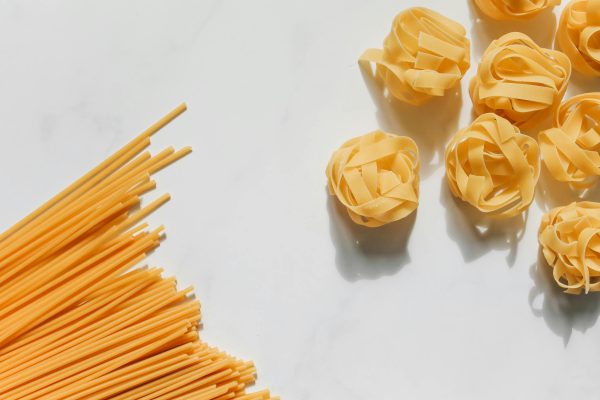Who says gluten-free alimentation is restrictive? In reality, it’s an opportunity to enhance your diet and try exciting new recipes. Gluten-free meals can be not only healthy but also simple to prepare and incredibly tasty.
Breakfast is the most important meal of the day, providing energy for the hours ahead. In this article, we’ll explore how gluten-free breakfasts can become the perfect way to start your day.
Gluten-Free Eating: Health, Lifestyle, and New Opportunities
Gluten-free food is becoming increasingly popular, not just for people with medical conditions but also for those looking to improve their overall well-being and quality of life. But what exactly does this diet entail, and what benefits can it bring? Let’s take a closer look.
What is Gluten?
Gluten is a protein found in grains such as wheat, rye, and barley. It gives dough its elasticity and is often used in the food industry to improve product texture.

For most people, gluten is harmless, but certain groups may find it harmful:
- Celiac Disease: An autoimmune condition where gluten damages the lining of the small intestine.
- Non-Celiac Gluten Sensitivity: A condition where gluten triggers symptoms like bloating, headaches, and fatigue without harming the intestine.
- Wheat Allergy: An immune system reaction to wheat-based products.
How can you determine if you should avoid foods containing gluten?
Perhaps you’ve been eating your mom’s delicious pancakes all your life and always wondered why you feel unwell after meals. Scientists have discovered that sometimes the “culprit” isn’t gluten itself but other substances commonly found in products containing gluten. For example, in certain inflammatory reactions in the intestines, such as irritable bowel syndrome, gluten is not the cause and doesn’t exacerbate inflammation. When we remove gluten-containing foods, we also eliminate other substances, such as fructans, which can cause intestinal fermentation and inflammation of the digestive tract.
What Symptoms Might Indicate a Gluten-Free Diet is Beneficial?
- Bloating
- Fatigue
- Diarrhea
- Skin conditions
- Cramps
Gluten-Free Diet for Weight Loss
Many people choose a gluten-free diet to lose weight, as it is often associated with a healthy lifestyle and significant weight loss. But how justified is this approach?
It’s important to remember that this diet is not a structured eating plan like the Dukan or Atkins diet. Its primary purpose is to help individuals with celiac disease or gluten intolerance by eliminating foods unsuitable for their condition. However, it can contribute to weight loss, and the explanation is simple.
Gluten is present in most industrially processed foods. Avoiding flour-based products can indeed help reduce body weight. However, the results depend on the overall composition of the gluten-free diet. If gluten-containing products are removed but there are no changes to overall dietary habits and lifestyle, the effect may even be negative.
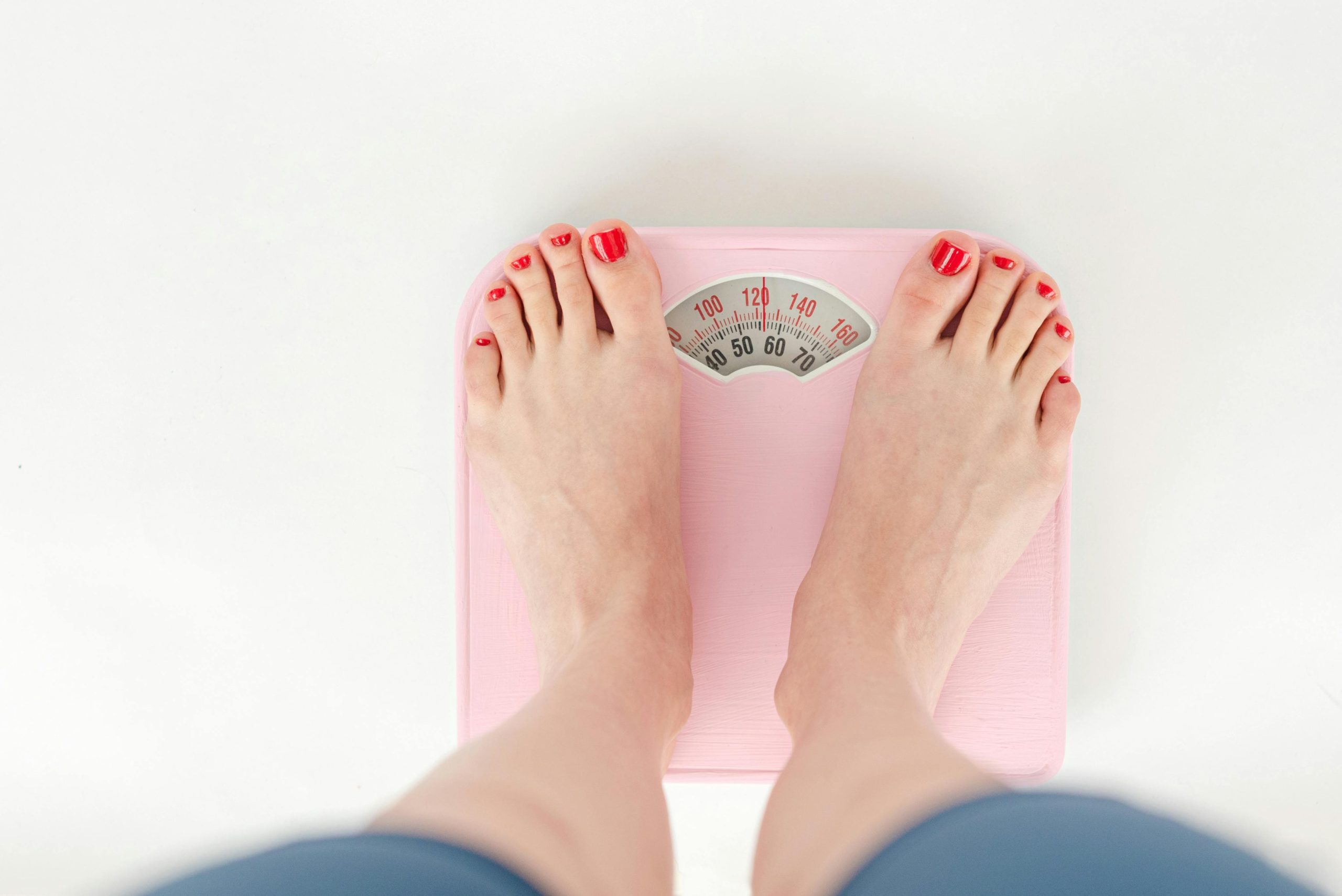
Key Benefits of Gluten-Free Eating
Improved Digestion. Many people experience relief from unpleasant symptoms like bloating, diarrhea, or constipation after removing gluten from their diet. This is because the body no longer has to digest hard-to-process components.
Increased Energy Levels. Gluten can cause chronic fatigue in those sensitive to it. A gluten-free diet promotes better absorption of nutrients, which can boost energy and reduce fatigue.
Better Skin Health. Certain dermatological issues, such as psoriasis or dermatitis herpetiformis, are linked to gluten. Eliminating this protein can reduce rashes and improve overall skin condition.
Reduced Inflammatory Processes. For some individuals, gluten triggers inflammation, which can contribute to chronic conditions like arthritis or irritable bowel syndrome. Switching to a gluten-free diet helps lower the risk of such complications.
Basics of Gluten-Free Eating
When following a gluten-free diet, it’s important to avoid the following:
1. Grains and Baked Goods:
- Wheat, rye, barley, couscous, bulgur, semolina.
- Cookies, croissants, cakes, and other pastries made with wheat flour.
- Pasta (unless made with rice, corn, buckwheat, or other gluten-free alternatives).
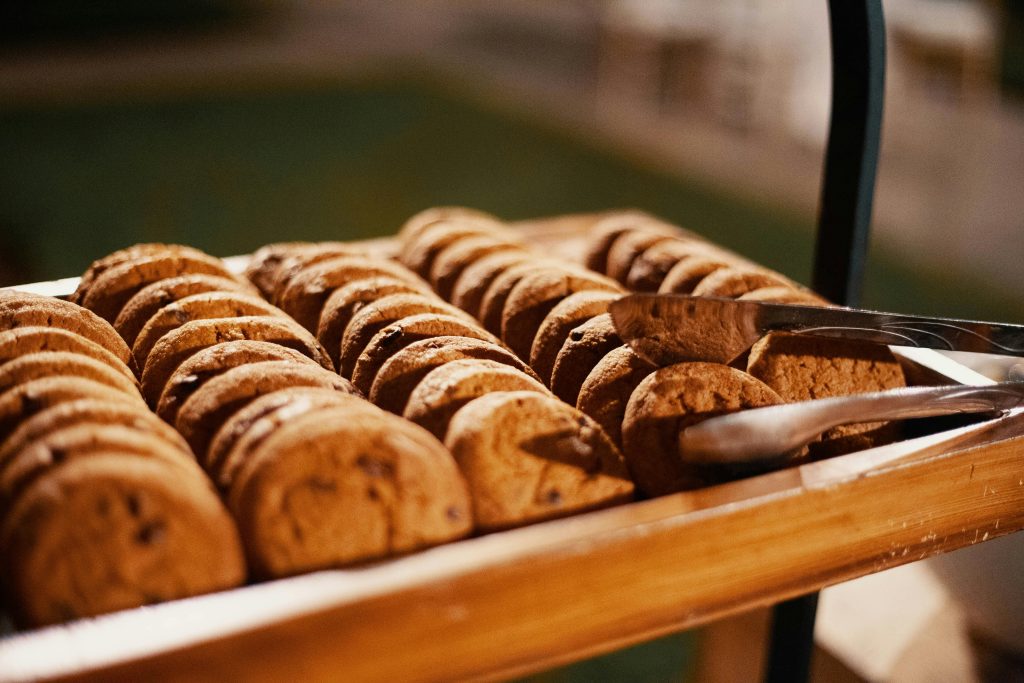
2. Processed Foods:
- Breaded and battered dishes.
- Sauces and salad dressings.
- Ready-made soups and broths (often contain wheat thickeners).
- Certain sausages, hot dogs, and pâtés (may include gluten fillers).
- Snacks like chips or crackers containing wheat flour.
3. Beverages:
- Beer and malt beverages (made from barley or rye).
- Some commercially produced alcoholic drinks (depending on production methods).
4. Dairy Products with Additives:
- Yogurts and desserts with gluten-based thickeners.
- Milkshakes or flavored drinks that may contain gluten.
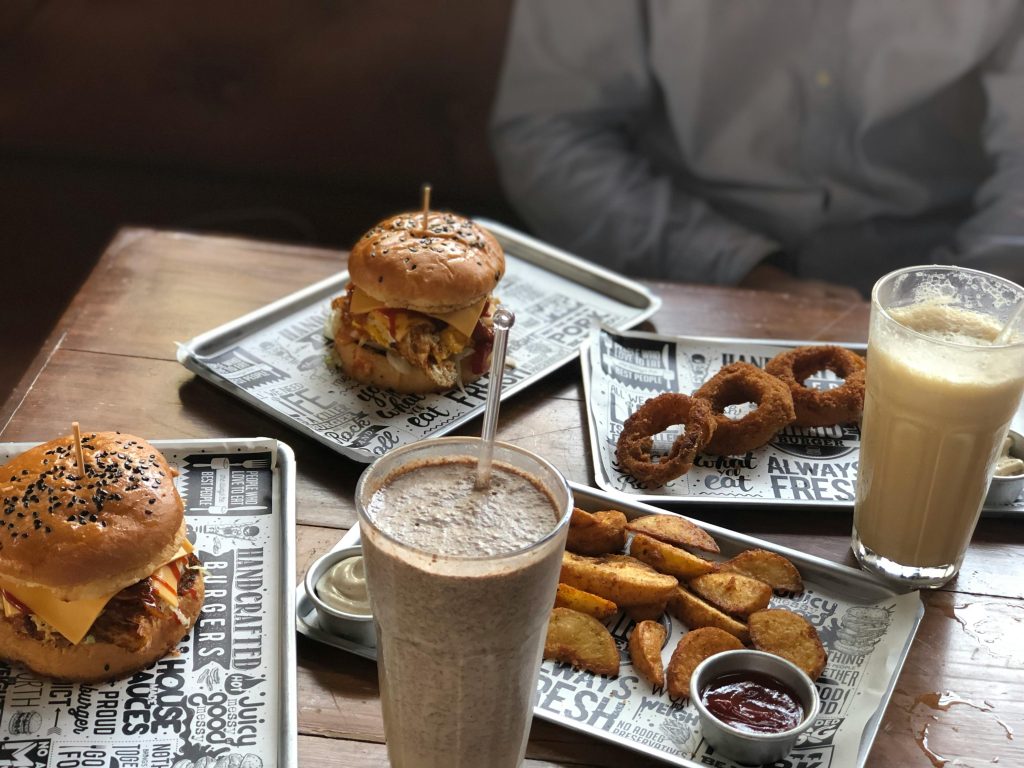
5. Candies and Sweets:
- Chocolate bars with wafers or cookies.
- Chewy candies with wheat starch.
- Certain types of ice cream.
However, it’s important not to think of gluten-free eating as merely restrictive. There are many alternatives:
- Grains: Buckwheat, quinoa, rice, millet.
- Flour: Almond, coconut, rice, buckwheat.
- Vegetables and fruits: Perfect for breakfasts.
- Nuts and seeds: A source of healthy fats and proteins.
Top Ingredients for Gluten-Free Cooking
To make a gluten-free breakfast both delicious and nutritious, include the following:
- Eggs: An ideal base for omelets, casseroles, or simply boiled eggs.
- Quinoa: A versatile product suitable for both sweet and savory dishes.
- Avocado: A source of healthy fats and an excellent topping for gluten-free bread toasts.
- Yogurt: Ideal with fruit and gluten-free granola.
- Honey, Nut Butter: To add a sweet touch.
- Vegetables: Broccoli, spinach, and tomatoes make great additions to omelets and casseroles.
Top 10 Gluten-Free Breakfast Recipes
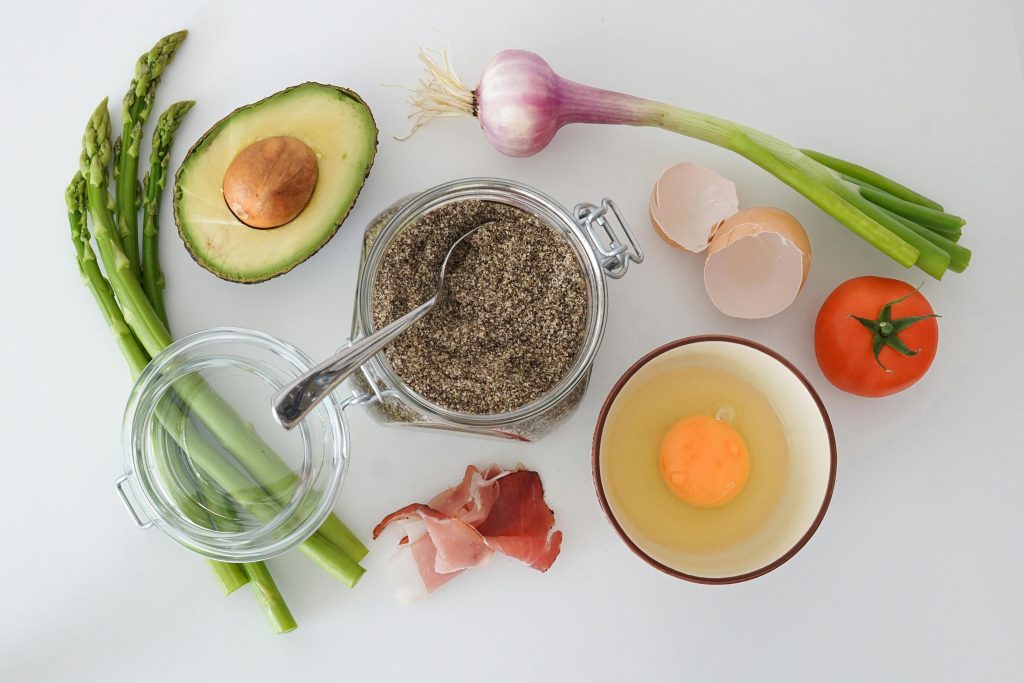
1. Quinoa Smoothie Bowl
Ingredients: Cooked quinoa, banana, strawberries, almond milk, nuts.
Preparation: Mix quinoa with blended fruits and milk. Garnish with nuts and berries.
2. Vegetable Omelet
Ingredients: Eggs, spinach, broccoli, tomatoes, salt, pepper.
Preparation: Whisk eggs, add chopped vegetables, and cook until done.
3. Coconut Flour Pancakes
Ingredients: Coconut flour, eggs, coconut milk, honey.
Preparation: Mix all ingredients into a homogeneous mass. Cook over medium heat until golden brown.
4. Rice Porridge with Fruits
Ingredients: Rice, coconut milk, honey, apples, cinnamon.
Preparation: Cook rice in coconut milk, add chopped apples, honey, and cinnamon.
5. Avocado Toasts
Ingredients: Gluten-free bread, avocado, lemon juice, chia seeds.
Preparation: Spread mashed avocado on toasted bread, drizzle with lemon juice, and sprinkle with chia seeds.
6. Vegetable Fritters
Ingredients: Almond or rice flour, zucchini, pumpkin.
Preparation: Replace wheat flour with almond or rice flour, add grated zucchini or pumpkin in a 1:1 ratio.
7. Oat Bars
Ingredients: Oat flakes, banana, honey, apple juice, baking soda, salt, cinnamon.
Preparation: Blend banana, honey, and juice, then mix with ground oat flakes, soda, cinnamon, and salt. Shape into bars and bake at 175°C for 15 minutes.
8. Spinach Pancakes
Ingredients: Chickpea flour, soy milk, spinach, eggs.
Preparation: Mix chopped spinach, soy milk, chickpea flour, salt, baking soda, and eggs, and cook like regular pancakes.
9. Zucchini and Cheese Omelet
Ingredients: Cheese, zucchini, eggs.
Preparation: Slice zucchini, add grated cheese and eggs, whisk into a mixture, and cook in a pan.
10. Millet Porridge with Caramelized Pear
Ingredients: Millet, coconut milk, pear, butter, sugar, nuts.
Preparation: Cook millet in coconut milk. Separately, melt butter in a pan, add sugar, chopped pear, and crushed nuts. Serve the porridge in a bowl topped with the caramelized pear and nuts.
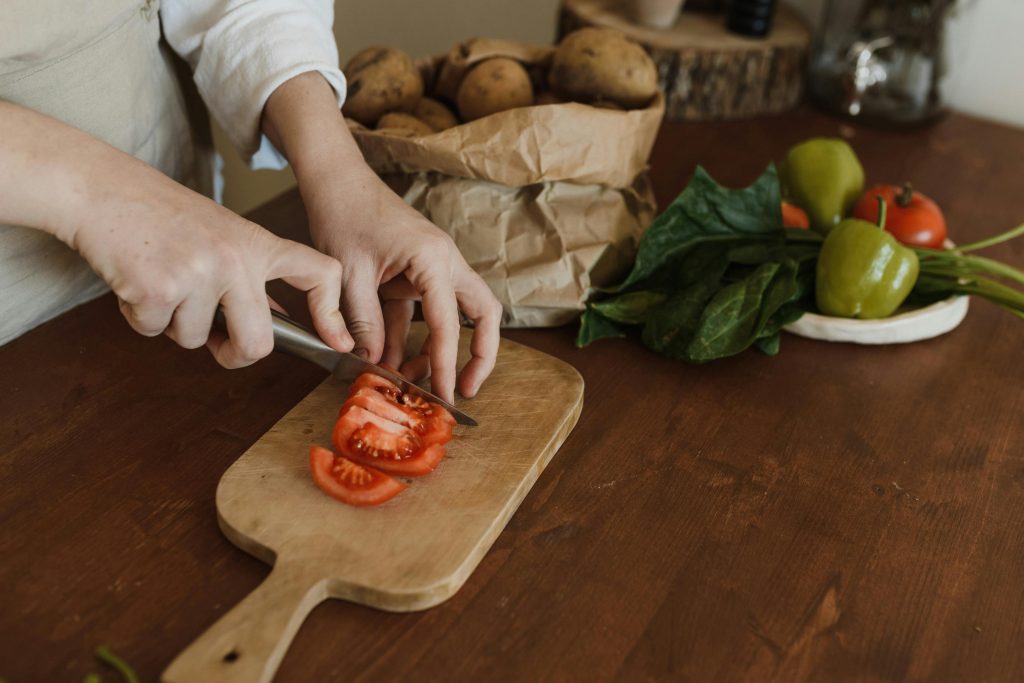
Benefits of Gluten-Free Recipes
- Digestive Health: Many people report improved digestion after switching to a gluten-free diet.
- Energy for the Day: Gluten-free breakfasts are rich in nutrients that provide long-lasting energy.
- Variety: Removing gluten from your diet opens up opportunities for new culinary experiments.
- Lightness: These breakfasts leave you feeling light and ready for new challenges.
How to Avoid Mistakes?
1. Read Labels: Gluten can hide in sauces, sausages, and other products. If weight loss is your goal, remember that some gluten-free products available in stores may contain 1.5 times more calories and 4 times more fat than their gluten-containing analogues.
2. Avoid Processed Foods: Choose natural, whole foods.
3. Consult a Doctor or Nutritionist: Professional advice can help balance your diet.
Gluten-free breakfasts are a great way to expand your culinary horizons and take care of your health. They can be easy to prepare, nutritious, and incredibly delicious. Try incorporating gluten-free dishes into your diet, and you’ll see how positively it impacts your overall well-being and health!
